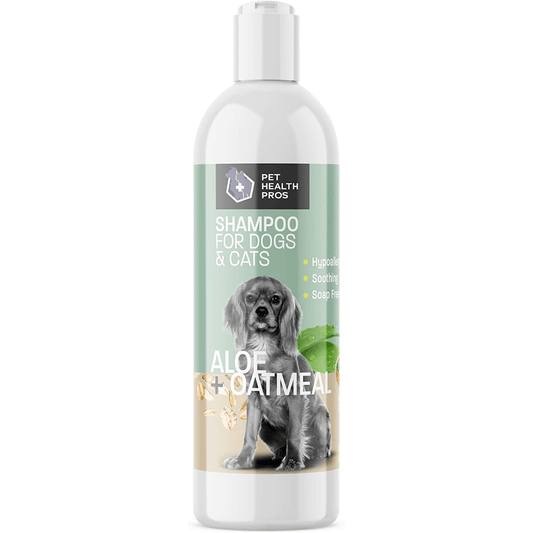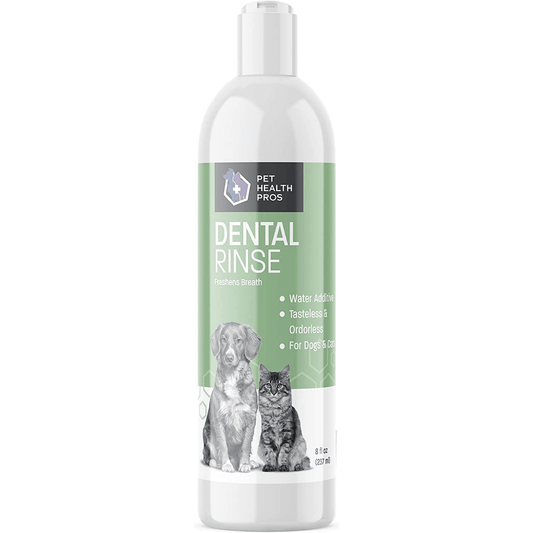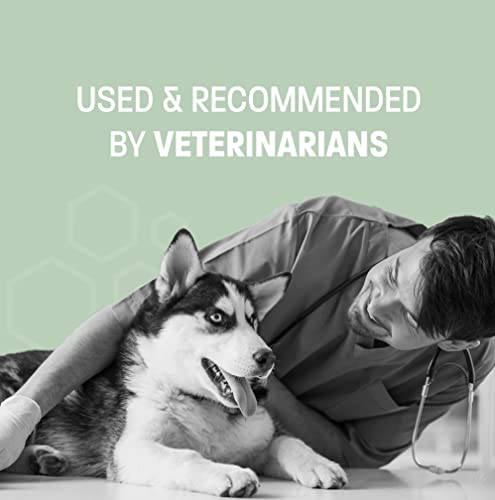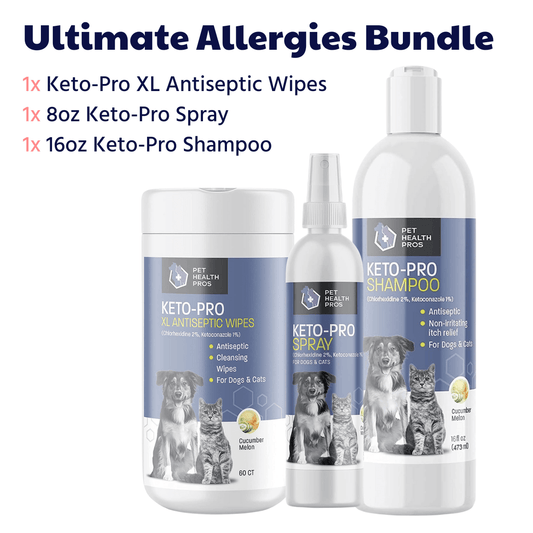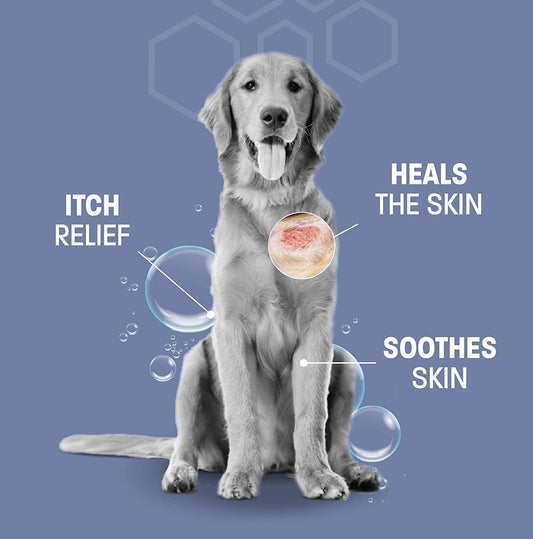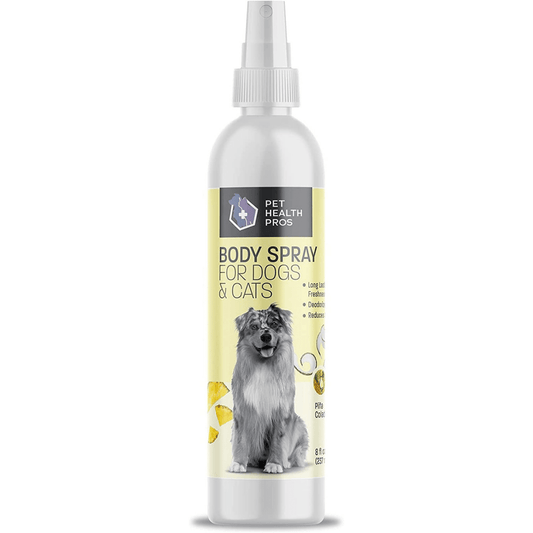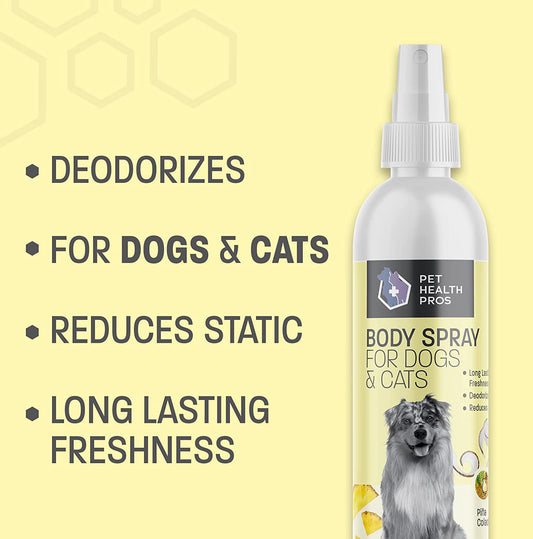Taking your pet to the vet can be a bit nerve-wracking, both for you and your furry friend. It's not just about getting there; it's about making sure the whole thing goes smoothly. From prepping your pet to chatting with the vet, there's a lot to consider. But don't worry, with a little planning, you can make the visit to the vet a breeze.
Key Takeaways
- Get your pet ready by understanding what they need and gathering all the important papers before the vet visit.
- Know what to expect during the check-up, including common tests and how to talk about your pet's health.
- Communicate well with your vet by asking questions and sharing any observations you've made about your pet.
- Help your pet stay calm at the vet by recognizing stress signs and using comfort items.
- After the visit, understand any treatments prescribed and keep an eye on your pet's recovery.
Preparing Your Pet for the Visit to the Vet
Understanding Your Pet's Needs
Before heading to the vet, it's crucial to know what your pet needs. Each animal is different, and understanding their specific requirements can make a big difference in how the visit goes. Consider their temperament, any recent changes in behavior, or signs of discomfort. This awareness helps in communicating effectively with the vet and ensures your pet receives the best care.
Gathering Necessary Documents
Make sure you have all the necessary documents ready. This includes vaccination records, previous medical history, and any recent test results. Having these on hand can speed up the process and provide the vet with a comprehensive view of your pet's health. It's also a good idea to jot down any questions or concerns you might have about your pet's health.
Scheduling the Appointment
When scheduling the appointment, try to pick a time when your pet is usually calm. For some, this might be early in the morning, while others might be more relaxed in the afternoon. Booking an appointment during off-peak hours can also reduce waiting times and stress for both you and your pet. Planning ahead with these steps can make the visit smoother and less stressful for everyone involved.
What to Expect During the Vet Visit
When you first arrive at the vet's office, the initial check-up is usually straightforward. The vet tech or assistant will lead you and your pet to an exam room. Here, they will gather some basic information about your pet, like weight and temperature. It's a quick process, but it sets the stage for the entire visit. Sometimes, they might ask about your pet's diet and any noticeable changes in behavior or habits.
Common Tests and Examinations
Once the initial check-up is done, the vet may perform some routine tests. These could include blood tests, urinalysis, or even X-rays if needed. Each test helps the vet get a clearer picture of your pet's overall health. Regular examinations are crucial for spotting any potential health issues early on. Don't hesitate to ask why a specific test is recommended—understanding the purpose can ease any concerns.
Discussing Your Pet's Health
After the tests, it's time to discuss the results and your pet's health. The vet will explain what they've found and suggest any necessary treatments or lifestyle changes. This is your chance to ask questions and express any worries you might have. Remember, your vet is there to help guide you in keeping your pet healthy and happy.
A vet visit is more than just a check-up; it's a partnership in your pet's health journey. Being informed and involved can make a significant difference.
Communicating Effectively with Your Veterinarian
Asking the Right Questions
When you're at the vet, it's important to ask questions that will help you understand your pet's health better. Start with the basics: "What is the diagnosis?" or "What are the treatment options?" Don't hesitate to ask for clarification if something isn't clear. Being proactive in your inquiries ensures you leave the clinic with a clear understanding of your pet's health needs.
Sharing Observations About Your Pet
Your vet relies on you to provide detailed observations about your pet's behavior and habits. Make a list of any changes you've noticed, like eating habits, energy levels, or unusual behaviors. This information can be crucial in diagnosing health issues. Remember, you're your pet's voice in the examination room, so be thorough and honest.
Understanding Veterinary Recommendations
After discussing your pet's condition, your vet will likely recommend treatments or lifestyle changes. It's vital to fully understand these recommendations. Ask about the purpose of each medication or treatment, potential side effects, and any follow-up care required. If something sounds confusing, don't be afraid to ask for a simpler explanation or a written summary to take home.
Effective communication with your veterinarian not only helps in understanding your pet's health better but also builds a trusting relationship with the vet, which is beneficial for long-term care.
Managing Your Pet's Anxiety at the Vet
Recognizing Signs of Stress
Pets, just like humans, can feel stressed and anxious, especially in unfamiliar environments like a vet's office. Recognizing the signs of stress early can help you manage your pet's anxiety more effectively. Common signs include excessive panting, trembling, hiding, or even aggression. Pay attention to these cues as they can guide you in comforting your furry friend.
Techniques to Calm Your Pet
Once you've identified that your pet is stressed, there are several techniques you can use to help calm them down:
- Stay Calm Yourself: Your pet can pick up on your emotions. If you stay relaxed, it can help them feel more at ease.
- Use a Gentle Voice: Talk to your pet in a soothing, calm voice. This can reassure them that everything is okay.
- Offer Treats or Toys: Distracting your pet with their favorite treat or toy can take their mind off the stressful situation.
Additionally, natural supplements like chamomile or L-Theanine can be beneficial for easing anxiety. These ingredients help soothe nerves and promote relaxation, but always consult with your vet before introducing new supplements to ensure they suit your pet's needs.
Using Comfort Items
Bringing along comfort items can also make a big difference. A familiar blanket or a favorite toy can provide a sense of security. Some pets find solace in wearing anxiety wraps or vests, which apply gentle pressure and can help alleviate stress.
It's amazing how a simple item from home can transform a vet visit from a nightmare into a more manageable experience for your pet. Keep a few of these items handy for your next visit to ease their worries.
Post-Visit Care and Follow-Up
After your pet's vet visit, it's important to focus on their care and any necessary follow-up actions. This ensures your pet's health is on the right track and any treatments are effective.
Understanding Prescriptions and Treatments
When your vet prescribes medication or a treatment plan, it's crucial to understand the details. Make sure to ask about the dosage, frequency, and any potential side effects. If anything is unclear, don't hesitate to call the vet's office for clarification. It's also a good idea to set reminders for medication times to avoid missing a dose.
Scheduling Follow-Up Appointments
Follow-up appointments can be just as important as the initial visit. They allow the vet to monitor your pet's progress and make adjustments if necessary. When leaving the vet's office, check if a follow-up is needed and schedule it promptly. Keeping a calendar or using a digital app can help you stay organized.
Monitoring Your Pet's Recovery
Keep a close eye on your pet's behavior and condition after the visit. Look for signs of improvement or any new symptoms. Documenting these observations can be helpful for your follow-up visit. If your pet seems uncomfortable or if their condition worsens, contact your vet immediately.
Taking care of your pet after a vet visit involves careful attention to their needs and following through with the vet's instructions. This helps ensure they recover well and stay healthy.
Ensuring a Smooth Vet Visit Experience
Choosing the Right Veterinarian
Finding the right vet for your pet is like finding a good doctor for yourself. It's all about trust and comfort. Start by asking friends or family for recommendations. Check out online reviews, but remember, one bad review doesn’t mean a vet is bad. Visit the clinic if you can, see how clean it is, and maybe chat with the staff to get a feel for the place. Your pet’s health is important, so take your time making this decision.
Preparing for Emergencies
Nobody wants to think about emergencies, but they happen. Make sure you know where the nearest 24-hour animal hospital is. Keep a list of emergency numbers handy, like your vet, an emergency clinic, and a pet poison hotline. It’s also a good idea to have a basic first-aid kit for pets at home. Being prepared can make a big difference when time is of the essence.
Keeping a Vet Visit Checklist
A checklist can be a lifesaver when you’re getting ready for a vet visit. Here’s a quick list to get you started:
- Documents: Bring any medical records or vaccination details.
- Questions: Write down any concerns or questions you have about your pet’s health.
- Comfort Items: Bring a favorite toy or blanket to help your pet feel more at ease.
- Treats: Have some treats handy to reward your pet for good behavior.
Taking these steps can help make vet visits less stressful for both you and your pet. A little preparation goes a long way in ensuring a smooth experience.
Taking your pet to the vet can be a breeze with a little planning. Make sure to gather all necessary documents and keep your pet calm during the visit. For more tips on making vet visits easier, check out our website!
Wrapping It Up: Your Vet Visit Game Plan
So, there you have it! Visiting the vet doesn't have to be a nerve-wracking experience. With a bit of prep and a calm mindset, you can make the trip smoother for both you and your pet. Remember to gather all necessary documents, jot down any questions you might have, and try to keep your pet relaxed. A little planning goes a long way in ensuring everything goes off without a hitch. Next time, you'll be walking into that vet's office like a pro, ready to tackle whatever comes your way. Happy vet visits!
Frequently Asked Questions
How can I prepare my pet for a vet visit?
Make sure your pet is comfortable with their carrier or leash. Bring their favorite toy or blanket to help them feel safe.
What should I bring to the vet appointment?
Bring your pet’s medical records, any medications they’re taking, and a list of questions you have for the vet.
How do vets check my pet's health?
Vets usually start with a physical exam, checking your pet's weight, temperature, and heart rate. They might also suggest blood tests or X-rays if needed.
How can I help my pet stay calm at the vet?
Talk to them in a soothing voice, use treats as rewards, and consider using calming sprays or pheromones.
What if my pet needs follow-up care?
Follow the vet's instructions for any treatments or medications. Schedule follow-up visits if recommended to ensure your pet stays healthy.
How do I choose the right vet for my pet?
Look for a vet with good reviews, who is experienced with your type of pet, and makes you and your pet feel comfortable.


